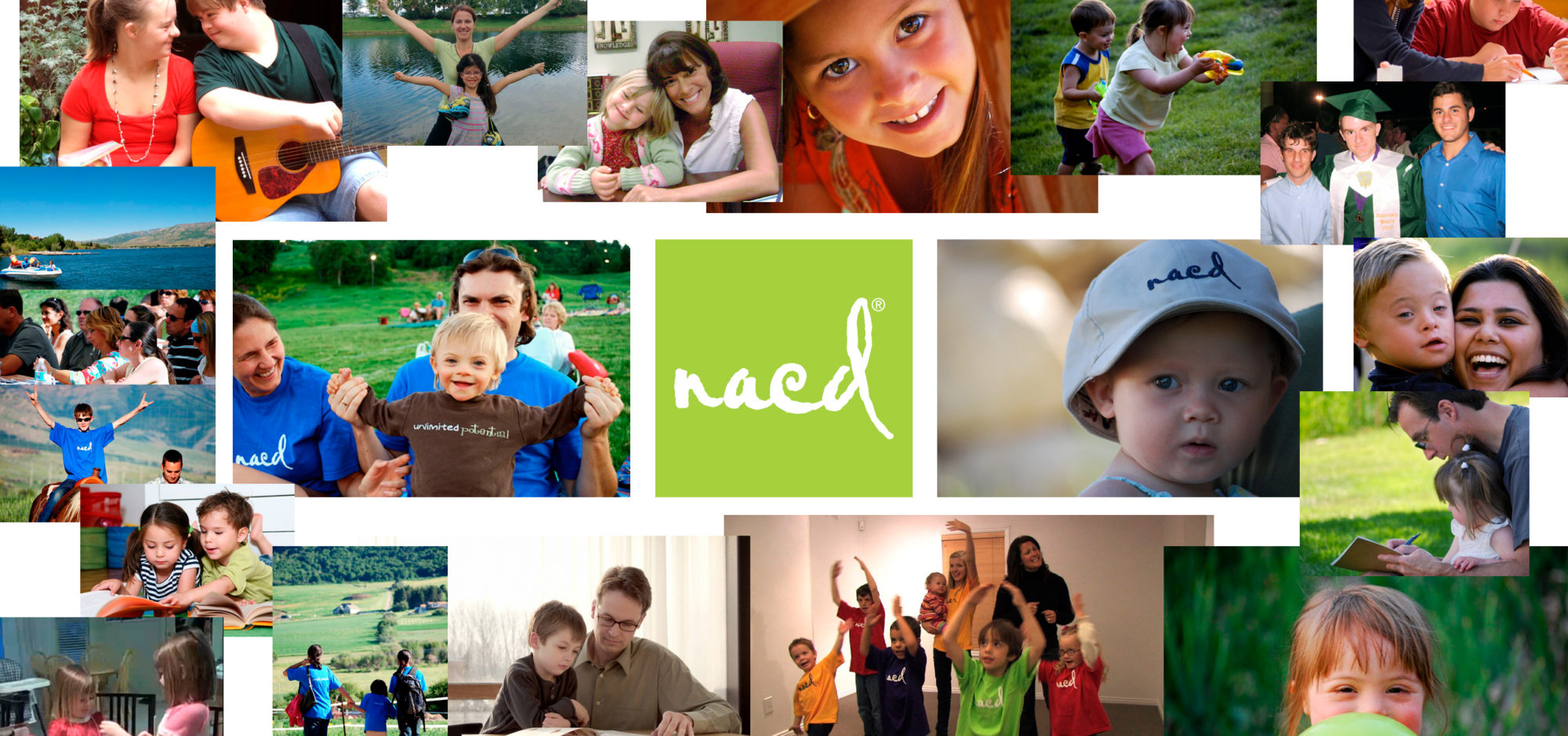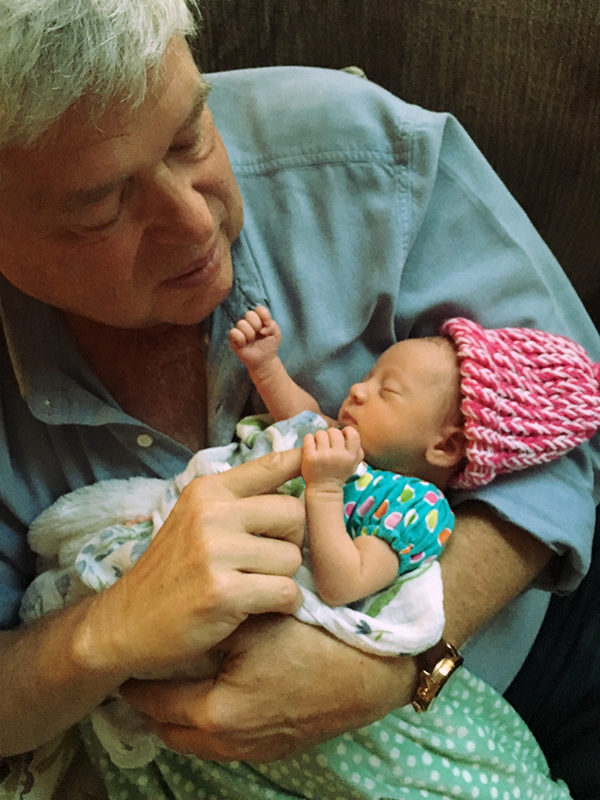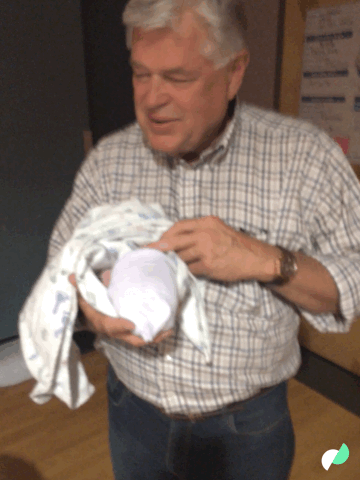I believe we are at about thirty-three thousand feet and the pilot is about to tell us all to stay put as we enter a storm system over the Rockies. I’m heading home. Today was my last day on a two-city trip. On this trip I saw adults and kids in Cincinnati and St. Louis.
As I’m heading home I can’t help but smile as I think about the kids and adults I’ve seen over the last two weeks and all we shared.
 My trip started off with Ally. Ally is one big giant perpetual smile. She smiles as she comes in the door, she smiles as I speak with her parents about what a “turkey” she can be, she smiles after she shows me her walking and she smiles and waves goodbye—“See ya Bob.” Ally is twelve and is now, after lots and lots of work, starting to walk on her own. She is in a typical classroom and doing well academically. She still needs large print, but reads well. She talks up a storm and is generally a delight, although she loves to torment her mom and dad. I first saw Ally when she was 10 months old. Ally was shaken by her babysitter when she was four and half months old and severely brain damaged. By the time I saw her, just months after her injury, she had shunts in both sides of her brain to relieve the pressure, had suffered retinal hemorrhages and essentially had no vision, was diagnosed with infantile spasms (severe seizures), was on two different seizure medications and was recovering from breaks to both legs and her left arm. Devastating, but Ally’s parents are exceptional folks and have worked wonders with her. Every time I see Ally I remember where she was; and although she has many pieces yet to be put together, she is a trooper, doing great and smiling!
My trip started off with Ally. Ally is one big giant perpetual smile. She smiles as she comes in the door, she smiles as I speak with her parents about what a “turkey” she can be, she smiles after she shows me her walking and she smiles and waves goodbye—“See ya Bob.” Ally is twelve and is now, after lots and lots of work, starting to walk on her own. She is in a typical classroom and doing well academically. She still needs large print, but reads well. She talks up a storm and is generally a delight, although she loves to torment her mom and dad. I first saw Ally when she was 10 months old. Ally was shaken by her babysitter when she was four and half months old and severely brain damaged. By the time I saw her, just months after her injury, she had shunts in both sides of her brain to relieve the pressure, had suffered retinal hemorrhages and essentially had no vision, was diagnosed with infantile spasms (severe seizures), was on two different seizure medications and was recovering from breaks to both legs and her left arm. Devastating, but Ally’s parents are exceptional folks and have worked wonders with her. Every time I see Ally I remember where she was; and although she has many pieces yet to be put together, she is a trooper, doing great and smiling!
 St. Louis started with Abby, a seven-year-old ball of fire. She runs in the room with her mom and throws her arms around me and gives me a big smack on the cheek. Abby has Down syndrome, but it surely isn’t slowing her down. She’s in a typical 2nd grade class—academically and socially right there with her peers. But I’d be willing to bet that Abby generates more smiles and warms more hearts per minute than 99.9% of the kids on the planet. Typically, when she leaves her evals she turns, waves, throws me a kiss and impishly says, “Bye, Bobby.” More smiles!
St. Louis started with Abby, a seven-year-old ball of fire. She runs in the room with her mom and throws her arms around me and gives me a big smack on the cheek. Abby has Down syndrome, but it surely isn’t slowing her down. She’s in a typical 2nd grade class—academically and socially right there with her peers. But I’d be willing to bet that Abby generates more smiles and warms more hearts per minute than 99.9% of the kids on the planet. Typically, when she leaves her evals she turns, waves, throws me a kiss and impishly says, “Bye, Bobby.” More smiles!
Today, my last day of the trip, I saw Brae who just started on program in February and today her two sisters came in for programs. Both of the girls are going to be absolutely brilliant. Brae has a genetic disorder that has the long name of Inverted Duplication Deletion 8p. To her family and me, she is just cute, fun, smiling Brae with unlimited potential. Today she came in and from across the room looked at me, eyes focusing and working together, converging and gave me a huge smile—a smile that remained in place throughout our time together. Today I got to see her walk by herself without as much as a finger of support. Big deal! Gargantuan deal—wonderful! I also got to hear her talk. Big deal! Gargantuan deal! And I got to see her smile, I got to see her mom smile and when they left, her mom gave me a big hug and we shared the miracle of her girls. Brae and her sisters made my day special. Another in a stream of literally thousands and thousands of wonderful days filled with incredible people.
As I sit here in the plane and think about the trip and the incredible range of issues that needed to be addressed, I ponder, as I do in virtually every waking moment and through most of the night, how do we do this better. I know there are a lot of things our kids and adults aren’t doing yet, that we need to figure out and work on, but as I review our time together, we had smiles—big smiles and lots of them. Wherever they or their children are on their voyage, however far we are striving to go, everyone of them, everyone of the parents were smiling about who their kids are today, valuing them for who they are and appreciating where they are on their journey. We were all thankful for them.
We see kids for who they are, for what they can do, for what joy we can bring to their lives and what joy they can bring to ours and others’ and we all share in the joy of watching them grow. I feel humbled and privileged to be able to participate in the process.
Thanks!
—Bob

 I chose this statement to be the title of my blog as a representation of my strong belief that, as a scientist, every statement or opinion I make is stated as, or assumed to be, preceded or qualified by the simple, but incredibly important modifier—“It Appears That”. As such, I am communicating that based on the information I have at this moment, it appears that such-and-such is accurate and I will act on that assumption until additional welcomed information indicates otherwise.
I chose this statement to be the title of my blog as a representation of my strong belief that, as a scientist, every statement or opinion I make is stated as, or assumed to be, preceded or qualified by the simple, but incredibly important modifier—“It Appears That”. As such, I am communicating that based on the information I have at this moment, it appears that such-and-such is accurate and I will act on that assumption until additional welcomed information indicates otherwise. My son Laird and his lovely wife Sadie have gone and done it, they have brought a baby girl into my family at last. I have two great sons and three grandsons, but have really wanted a granddaughter. Granddad was ready for a girl. My first granddaughter (wow!) Arielle is a beautiful little girl, just 4lbs 11oz. at birth, strong and healthy and after her first week doing spectacularly well.
My son Laird and his lovely wife Sadie have gone and done it, they have brought a baby girl into my family at last. I have two great sons and three grandsons, but have really wanted a granddaughter. Granddad was ready for a girl. My first granddaughter (wow!) Arielle is a beautiful little girl, just 4lbs 11oz. at birth, strong and healthy and after her first week doing spectacularly well.